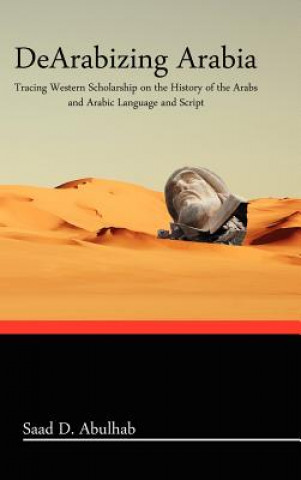
Kód: 07437157
Dearabizing Arabia
Autor Saad D Abulhab
This book is a comprehensive reference on the history of Arabic Language and script, which goes beyond the sole discussion of technical matters. It studies objectively the evidence presented by modern-day western archeological dis ... celý popis
- Jazyk:
 Angličtina
Angličtina - Vazba: Pevná
- Počet stran: 240
Nakladatelství: Blautopf Publishing, 2011
- Více informací o knize

Mohlo by se vám také líbit
-

Capital Spaces
6520 Kč -

Curriculum Development in Nursing
2108 Kč -

BURLESQUE
1243 Kč -

Astronomical lectures, read in the publick schools at Cambridge; by William Whiston, ... Whereunto is added a collection of astronomical tables; being
804 Kč -

Deck-Chair Stories.
689 Kč -

Confession of Stephen Whapshare.
912 Kč -

Môj život po smrti
185 Kč
Darujte tuto knihu ještě dnes
- Objednejte knihu a zvolte Zaslat jako dárek.
- Obratem obdržíte darovací poukaz na knihu, který můžete ihned předat obdarovanému.
- Knihu zašleme na adresu obdarovaného, o nic se nestaráte.
Více informací o knize Dearabizing Arabia
Nákupem získáte 131 bodů
 Anotace knihy
Anotace knihy
This book is a comprehensive reference on the history of Arabic Language and script, which goes beyond the sole discussion of technical matters. It studies objectively the evidence presented by modern-day western archeological discoveries together with the evidence presented by the indispensable scholarly work and research of the past Islamic Arab civilization era. The book scrutinizes modern western theories about the history of the Arabs and Arabic language and script in connection with the roles played by Western Near East scholarship, religion and colonial history in the formation of current belief system vs. Arab history and language, which is an essential step to study this correlated and complex topic objectively. In his book, the author explores the relevant facts of history and geography as crucial defining factors in the study of history of Arabic language and script. He offers a brief balanced account on the important topic of Muhammad leadership and Islam in the formation of Arabia, and investigates the Quran as a key evidence and reference of the Arabic language and script. As a research tool, this book presents in-depth tracings and readings of the most relevant inscriptions and the findings accumulated by the author over one and a half year of research. Particularly, it presents new comprehensive readings of the important Umm al-Jimal and al-Namarah Nabataean Arabic inscriptions. The al-Namarah stone which was discovered by French archeologist Dussaud in 1901 (displayed today on a wall in the Louvre Museum of Paris) was assumed for more than a century to be the tombstone of the prominent pre-Islamic Arab king, Umru' al-Qays bin 'Amru. After re-tracing and re-reading its complex inscription, the author concluded it was actually about a previously unknown personality named 'Akdi, possibly a high ranking Arab soldier in the Roman army or an Arab tribal leader, not the burial stone of King Umru' al-Qays or even about him. Similarly, the author proves beyond doubt that the important Umm al-Jimal Nabataean Arabic inscription was not the burial stone of Faihru bin Sali, but Faru' bin Sali. The two inscriptions are among only four Nabataean inscriptions believed by Western scholars to be written in the old Arabic language. These are referenced heavily today as evidence linking the Arabic script to the Nabataean Aramaic script. Utilizing classic Arabic and grammar tools and challenging their accuracy at times, the author findings in this book could potentially amend several historical and linguistic facts as told today by history textbooks. In his book, the author, a known Arabic type designer, studies with an investigative expert eye the early shapes of the pre-Islamic Arabic script and compares them to those of Musnad Arabic and late Nabataean Aramaic inscriptions, in addition to those of the early Islamic Arabic manuscripts and papyri. He concludes that the early Arabic script was not an evolved Nabataean script, but likely an independently derived script of the old Musnad Arabic script, with clear Nabataean influence. Although this book is conceived as a reference tool for scholars and researchers, other readers may find its topics and captivating arguments valid enough to debate and to study further. All chapters can be read independently. There are more than 40 figures and illustrations to aid the reader throughout the book. The first two chapters are intended as introductory essays regarding the history of Arabia (people and language) and the role of Western scholarship. To facilitate the selective and independent reading of the last three chapters, which presents the author research findings and conclusions, the book included (in addition to the chapter-specific references already offered throughout the whole book) chapter-specific introductions and conclusions.
 Parametry knihy
Parametry knihy
Zařazení knihy Knihy v angličtině Humanities History Regional & national history
1314 Kč
- Plný název: Dearabizing Arabia
- Podnázev: Tracing Western Scholarship on the History of the Arabs and Arabic Language and Script
- Autor: Saad D Abulhab
- Jazyk:
 Angličtina
Angličtina - Vazba: Pevná
- Počet stran: 240
- EAN: 9780984984305
- ISBN: 9780984984305
- ID: 07437157
- Nakladatelství: Blautopf Publishing
- Hmotnost: 514 g
- Rozměry: 238 × 161 × 20 mm
- Datum vydání: 01. November 2011
Oblíbené z jiného soudku
-

Hundred Years' War on Palestine
356 Kč -

Ethnic Cleansing of Palestine
378 Kč -

History of Japan
403 Kč -

Ten Myths About Israel
341 Kč -

Strange Death of Europe
433 Kč -

Decline and Fall of the Roman Empire
139 Kč -
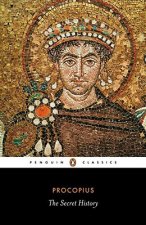
Secret History
302 Kč -

God's Playground A History of Poland
1700 Kč -

Mayflower
401 Kč -

How to be a Victorian
302 Kč -

Plantagenets
356 Kč -

General's Son
424 Kč -
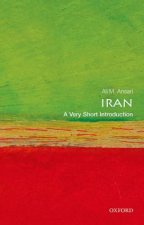
Iran: A Very Short Introduction
283 Kč -
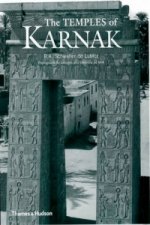
Temples of Karnak
3798 Kč -

Cuneiform
276 Kč -

Twenty Years A-Growing
249 Kč -

China in Africa
906 Kč -

Bohemian Paris
415 Kč -

Islandman
282 Kč -

History of Witchcraft in England from 1558 to 1718
460 Kč -

Lancaster And York
493 Kč -
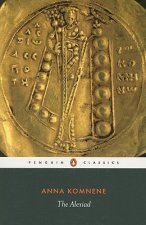
Alexiad
440 Kč -

Inside Hitler's Greece
517 Kč -

Modern France: A Very Short Introduction
336 Kč -

Diana: Her True Story - In Her Own Words
323 Kč -

The Fourth Turning
476 Kč -
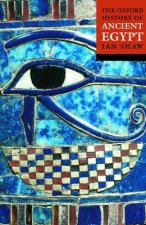
The Oxford History of Ancient Egypt
383 Kč -

Churchill: The Power of Words
433 Kč -

Palestine
564 Kč -

Korean History in Maps
706 Kč -

Great Gatsby (Wisehouse Classics Edition)
406 Kč -

Viking Way
1267 Kč -

The Thirteenth Tribe
309 Kč -

My Promised Land
378 Kč -

Vanished Kingdoms
542 Kč -

Age Of Revolution
410 Kč -

Life and Death of Anne Boleyn
584 Kč -

Coming of the Third Reich
463 Kč -

Children of Ash and Elm
487 Kč -

Europe Between the Oceans
799 Kč -

Socialism Betrayed
478 Kč -

303 Squadron
463 Kč -

Ancient Celts, Second Edition
655 Kč -

Dancing in the Glory of Monsters
400 Kč -

Battle of Britain: Luftwaffe Blitz (Images of War)
655 Kč -
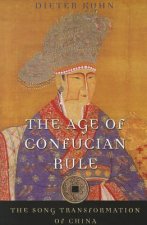
Age of Confucian Rule
851 Kč -

Beyond Band of Brothers
410 Kč -

Benjamin Franklin
410 Kč -

On China
487 Kč
Osobní odběr Praha, Brno a 12903 dalších
Copyright ©2008-24 nejlevnejsi-knihy.cz Všechna práva vyhrazenaSoukromíCookies



 Vrácení do měsíce
Vrácení do měsíce 571 999 099 (8-15.30h)
571 999 099 (8-15.30h)